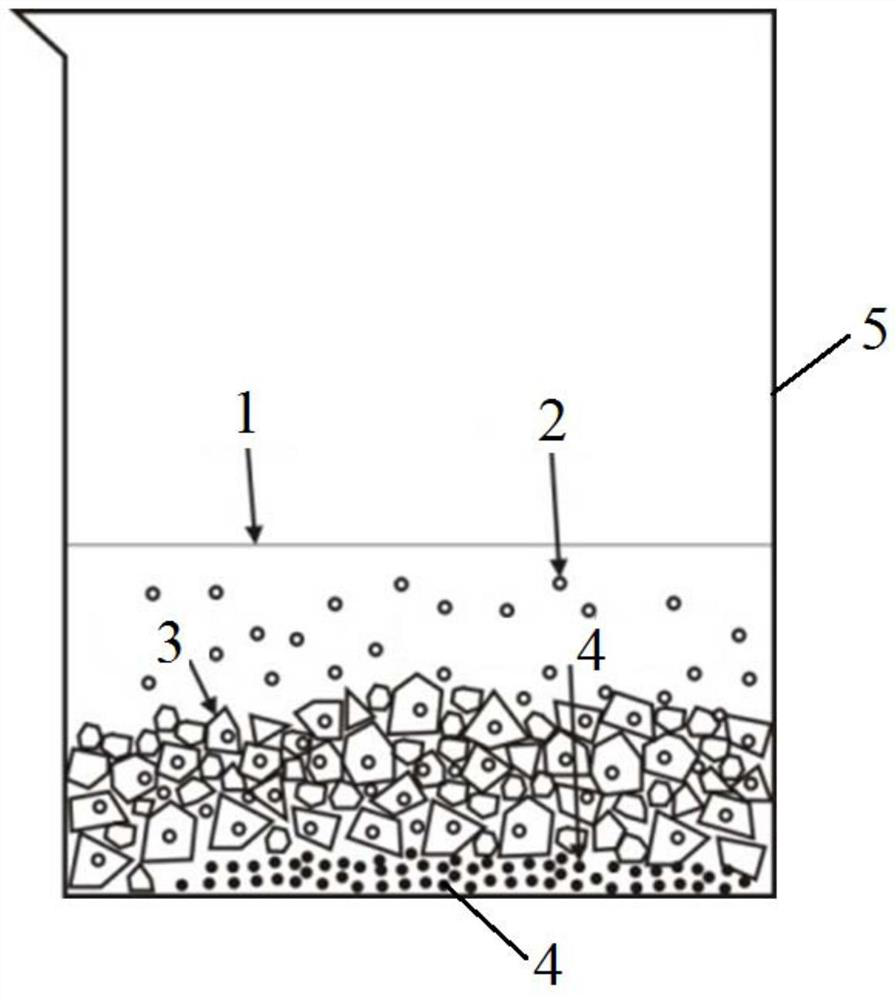Application and application method of sodium percarbonate as meson fossil extraction process
A technology of sodium percarbonate and extraction process, which is applied in the application field of sodium percarbonate as an extraction process of ostracod fossils, and can solve problems such as low flash point, hidden safety hazard, and high experimental cost
- Summary
- Abstract
- Description
- Claims
- Application Information
AI Technical Summary
Problems solved by technology
Method used
Image
Examples
Embodiment Construction
[0039] The present invention will be described in further detail below in conjunction with the examples.
[0040] The invention discloses an application and application method of sodium percarbonate as an extraction process for ostracod fossils. Before viewing the content of the invention, review the loose sample steps of the existing method. In the loose sample steps of the existing method, hydrogen peroxide The principle of extracting ostracod fossils is to use hydrogen peroxide to decompose slowly to generate oxygen bubbles, which penetrate into the fine pores of mudstone, making the mudstone soft and muddy, and then filter the microfossil particles in the mud with a steel sieve; The principle of extracting ostracod fossils with gasoline (naphtha) is: when the crude gasoline is soaked in the rock sample, it can be volatilized by heating, and the volatilized gas penetrates into the fine pores of the mudstone, making the mudstone soft and muddy, and then use Steel sieves filt...
PUM
 Login to View More
Login to View More Abstract
Description
Claims
Application Information
 Login to View More
Login to View More - R&D
- Intellectual Property
- Life Sciences
- Materials
- Tech Scout
- Unparalleled Data Quality
- Higher Quality Content
- 60% Fewer Hallucinations
Browse by: Latest US Patents, China's latest patents, Technical Efficacy Thesaurus, Application Domain, Technology Topic, Popular Technical Reports.
© 2025 PatSnap. All rights reserved.Legal|Privacy policy|Modern Slavery Act Transparency Statement|Sitemap|About US| Contact US: help@patsnap.com

